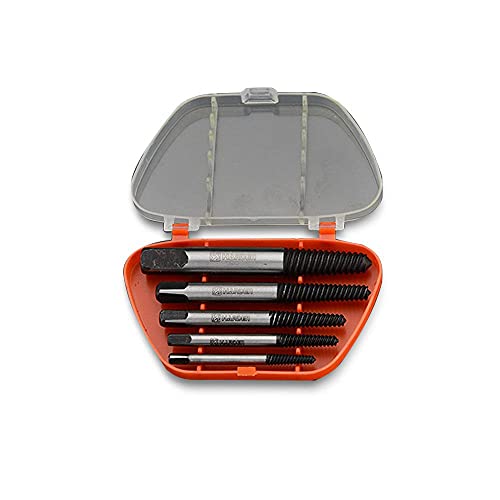Geo
Well-known member
zuberb said:Thank God I only did one MB before asking. I know exactly the tool you're talking about. Unfortunately, I don't have one, but I will tomorrow.
I imagine the pins come out of the plastic much easier when they are sheared from the MB.
yes they do. the only down side is your cutting some of your gold and leaving it in the board. im planning on saving my boards and basicly running them through my stock pot (which is a plastic 55 gallon drum). theres still alot of action left in the solution, im out of test strips but the last time i checked the PH is still very low in the solution. im going to make it like one big AP run and add an air supply and run all my deplated boards through it until most of the acid is used up. it means alot of transfering solution because as of right now i may have 4 drums of scrap boards that have been scraped.















































